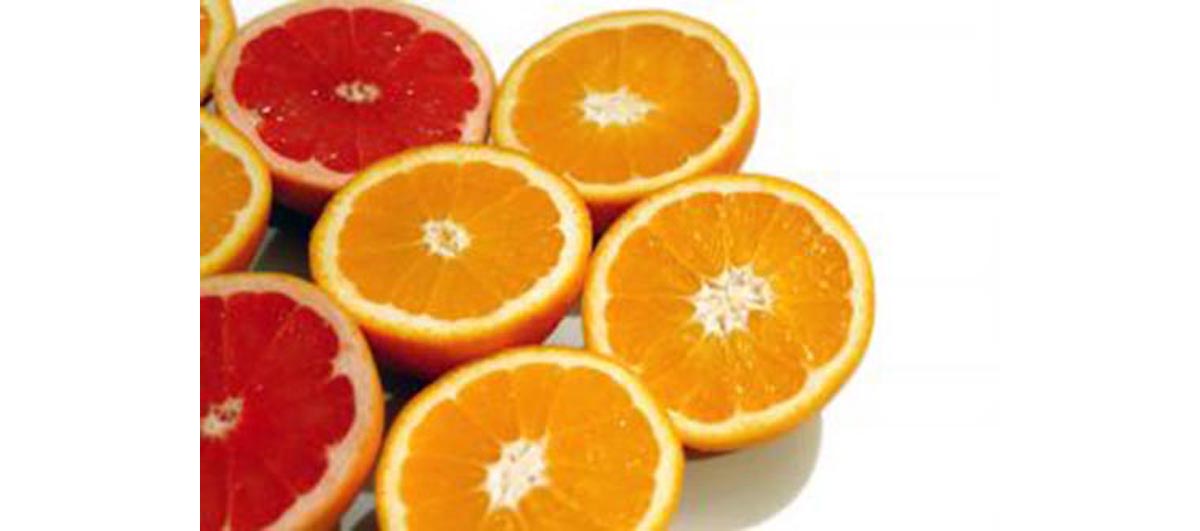Table of Contents
During the first week of 2011 dozens of websites warned us all that the United States FDA was about to ban the use of intravenous Vitamin C.
Thirty years later, Canadian doctors tried administering all the vitamin C intravenously. They found that 25 times more vitamin C reached cancer cells when the supplement was administered by IV compared to giving the vitamin by mouth. In the scientists' own words:
Â
"Recent evidence shows that oral administration of the maximum tolerated dose of vitamin C (18 g/d) produces peak plasma concentrations of only 220 micromoles/L, whereas intravenous administration of the same dose produces plasma concentrations about 25-fold higher. Larger doses (50–100 g) given intravenously may result in plasma concentrations of about 14,000 micromoles/L. At concentrations above 1000 micromoles/L, vitamin C is toxic to some cancer cells but not to normal cells in vitro" (in the test tube).
Â

It doesn't. The warning letter didn't apply to all small pharmacies. It applied to just one small pharmacy, which was having problems with the possible microbial contamination of the intravenous solution. Stopping the sale of contaminated products is something the FDA is supposed to do. The FDA only sent the warning to the pharmacy after a bad batch of vitamin C was sold. The freedom to sell vitamin C and the freedom to sell bacteria-contaminated vitamin C are two different things.
Failure to make sure that the IV solution was not contaminated led to inspectors taking a closer look at labels, too. The products were found not to have labels that made it clear they were not for do-it-yourself home intravenous treatment. And do you really think it's a good idea to puncture your own veins and set up your own IV drip? That's what the labels suggested.
One almost wonders if the "advocates of natural health" who sent out this false alarm weren't working for some sinister purpose, getting the public upset about a non-event while some more insidious event was slipping by unnoticed. But whatever the motives of the fear mongers of natural medicine, vitamin C injections are still a valid treatment for cancer and they are still available in the USA.
- USDA Warning Letters, http://www.fda.gov/ICECI/EnforcementActions/WarningLetters/ucm238251.htm. Accessed 07 January 2011.
- Photo courtesy of Shardayyy by Flickr : www.flickr.com/photos/shardayyy/5374114180/

